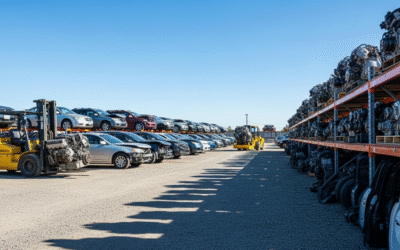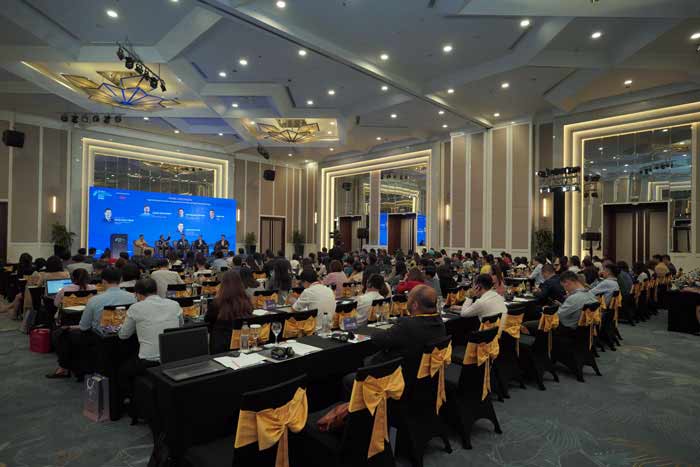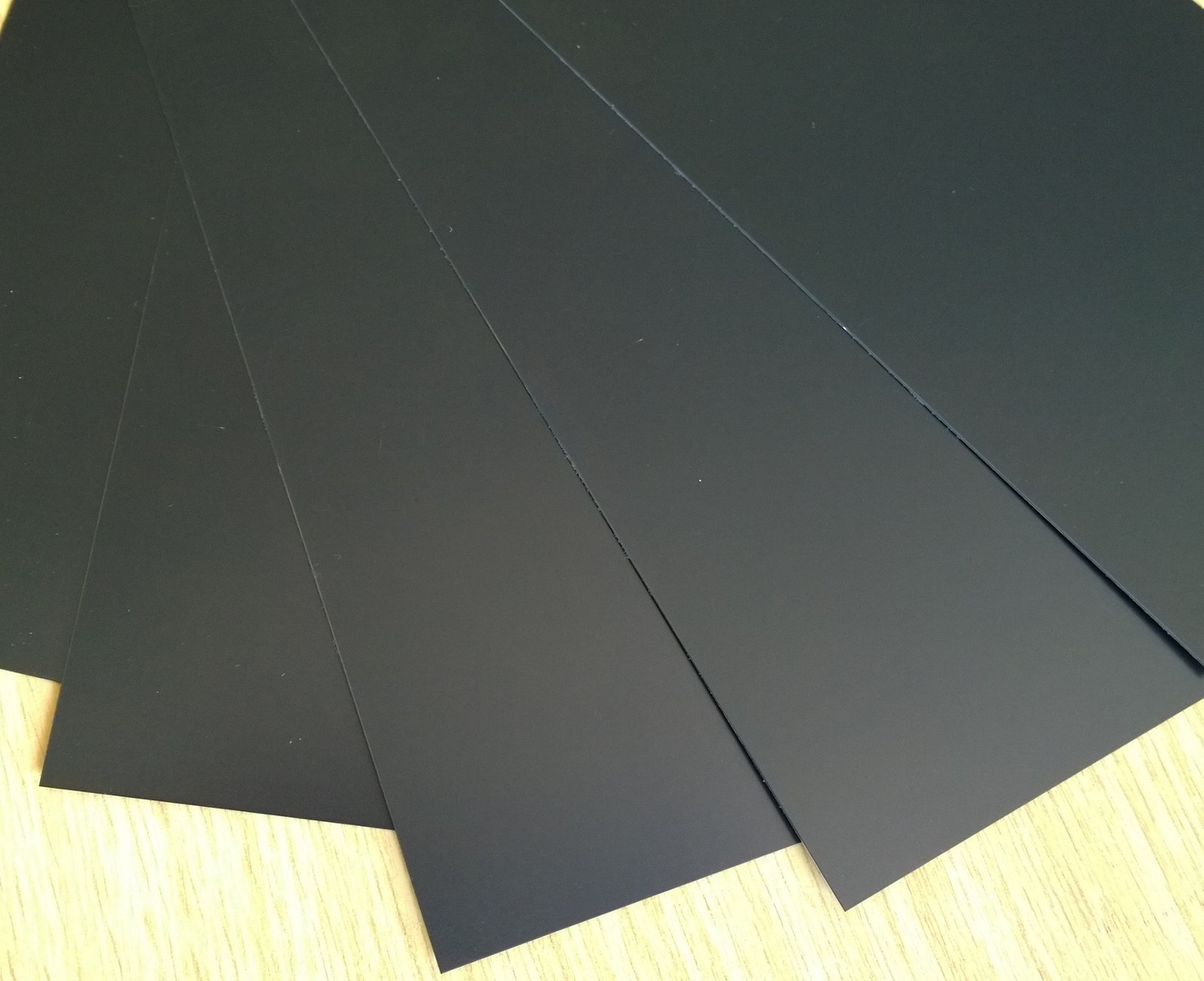Can tile adhesive be used for both walls and floors?

You know numerous people who are planning to install tiles often ask such a question: Can the same tile adhesive get used for both walls and floors? The answer is simple and it is a yes, but it relies expends on the type of product and the overall area where it is being used. In the present time , more people check tile adhesive price and features to simply pick the right product, but understanding where and how it works is simply equally important.
Diverse Types for Different Needs
Though tile adhesive is designed to work on both walls and even floors, not all adhesives are the same. Some are simply made especially for vertical surfaces such as bathroom or kitchen walls, and others are simply better for heavy floor tiles. Wall adhesives most of the times have more grip to avert tiles from sliding down, while floor adhesives are even made to bear more weight. So, always make sure that you do check the product label or ask the supplier for the right and proper type as per your project. These adhesives’ compositions differ greatly according on the use for which they are designed. In order to improve their initial grab strength and enable tiles to remain in place right after installation without the need for interim supports, premium wall adhesives frequently use polymer additives. Installers have more time to reposition tiles since these formulas usually have a thicker consistency and a slower setting time. On the other hand, in order to handle foot activity and thermal expansion, floor adhesives place a higher priority on compressive strength and flexibility.
Overall Strength and Holding Capacity
Wall tiles simply need a fast-gripping adhesive that holds the tile in place in the absence of slipping. Floor tiles need a strong adhesive that can simply take heavy loads, such as furniture and even foot traffic. The best possible adhesives for both walls and floors will have strong bonding strength and the proper ability to hold tiles of varied sizes and thicknesses. A good and effective brand usually offers both types or a multi-purpose version that simply works well for all surfaces. The tile adhesive holds ability is determined by several standardized tests that gauge the holding capability of tile adhesive through tensile strength, shear resistance and long-term durability under different climatic conditions. Professional strength adhesives would typically exceed 1 MPa (megapascal) when it comes to bonding strengths which ensures usage in challenging circumstances. With time, adhesive performance can be affected by substrate movement, exposure to moisture and temperature fluctuation.
Surface Preparation Requirements
When you are laying tiles whether on the floor or on the wall, the preparation of the surface matters a lot. Both sides have to be clean, dry and flat before applying any glue. There is often a need to add priming in order to enhance wall adhesion, especially in porous surfaces such as concrete blocks or drywalls. Floors surfaces may demand more leveling treatment to create a smooth floor base. By considering the time required to appropriately surface prep substrate, future tile failures can be prevented and long-term results can be ensured since the performance of the adhesive will actually be affected by suffering a proper substrate prep. Cleaning solutions: the correct cleaning solutions should be used or with mechanical methods, all the dust, grease, paint residue or old adhesives should be removed completely. The moisture level must be tested and controlled since the excessive amount of it can make the bond weak and prevent proper curing. Structural fractures as well as holes should be filled with the relevant repair solutions before tiles are fixed.
Environmental Factors and Moisture Considerations
Tile adhesive will change based on the environment in which it is exposed. Moisture-resistant formulas are required to be used to avoid moisture in kitchen and bathroom installations where the level of humidity is high. Outdoor applications need weather-resistant adhesives which can resist temperature fluctuations and freeze thaw cycles. Indoors floor spaces that have under floor heating systems need to employ flexible adhesives that can accommodate change of length due to thermal expansion. Knowing these environmental factors, you can decide on what type of adhesive to use to ensure that you will not be faced with a costly repair bill and instead, your tiled surfaces will last many years.
Application Techniques and Tools
Installing tile adhesive on a wall and a floor requires somewhat different techniques. For wall applications, even ridges that stop tiles from slipping are usually created with a notched trowel held at a 45-degree angle. Various trowel sizes are needed for floor applications based on tile dimensions; bigger tiles may require back-buttering procedures. Different formulas have different working times; some provide longer open times for intricate designs. Achieving the best bonding performance across various surfaces requires constant application thickness and appropriate mixing ratios.
Curing Time and Setting Characteristics
Planning a project and getting expert outcomes require an understanding of curing times. While floor adhesives could take longer to reach their full strength, wall adhesives sometimes have a quicker initial grasp to stop tile sliding during installation. Humidity and temperature have a big impact on curing rates; lower temperatures lengthen working times but slow down final cure. The majority of adhesives take several days to fully cure, however they attain handling strength in as little as 24 hours. Applying grout too soon might damage the bond and cause tile failure if you rush this process.
Cost-Effectiveness and Budget Planning
Even though the price of tile glue differs extremely between the producers and formulas, the decision concerning this product solely based on price can lead to creating expensive troubles later. Although high quality adhesives have higher unit cost, they often have a higher rate of coverage that reduces the total amount of materials. In the case of mixed projects, multipurpose adhesives such as those ideal on the walls and floors can facilitate the process of making bulk purchases and minimize wastes. When choosing adhesive quality levels, take the cost of possible repairs into account. Professional-grade items usually have better performance qualities that, via longer service life and less maintenance, justify their higher initial cost.
Conclusion
So, the point is simple, tile adhesive can get used for both walls and floors, but you must pick the right type based on surface, tile size, and even area conditions. Always make sure that you do check the packaging and instructions before you make a use. Don’t concentrate only on cost when choosing adhesive for tiles!







